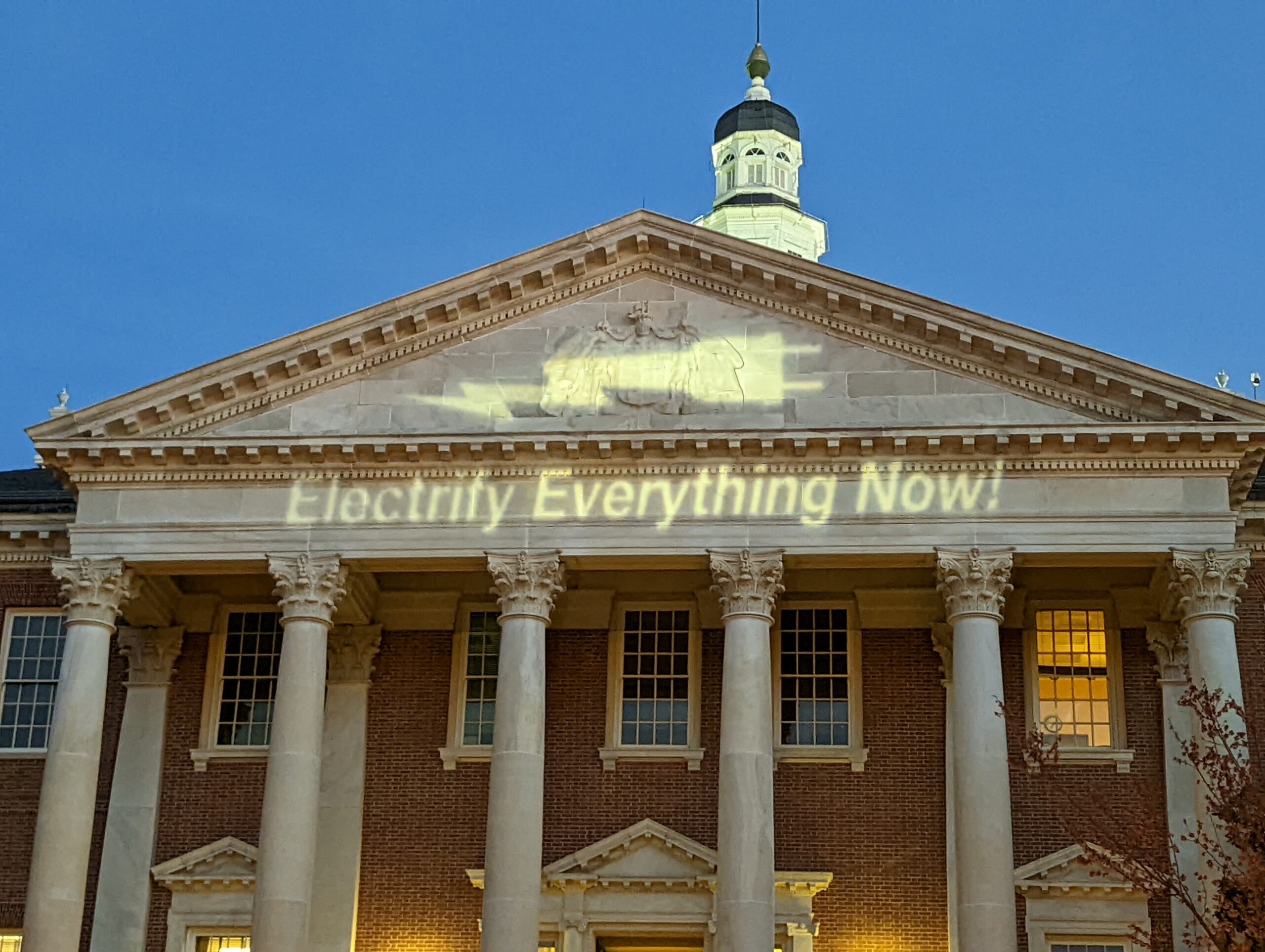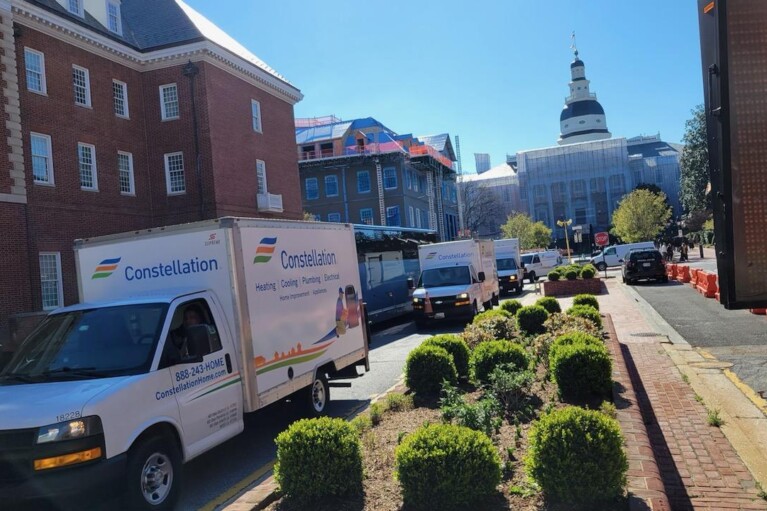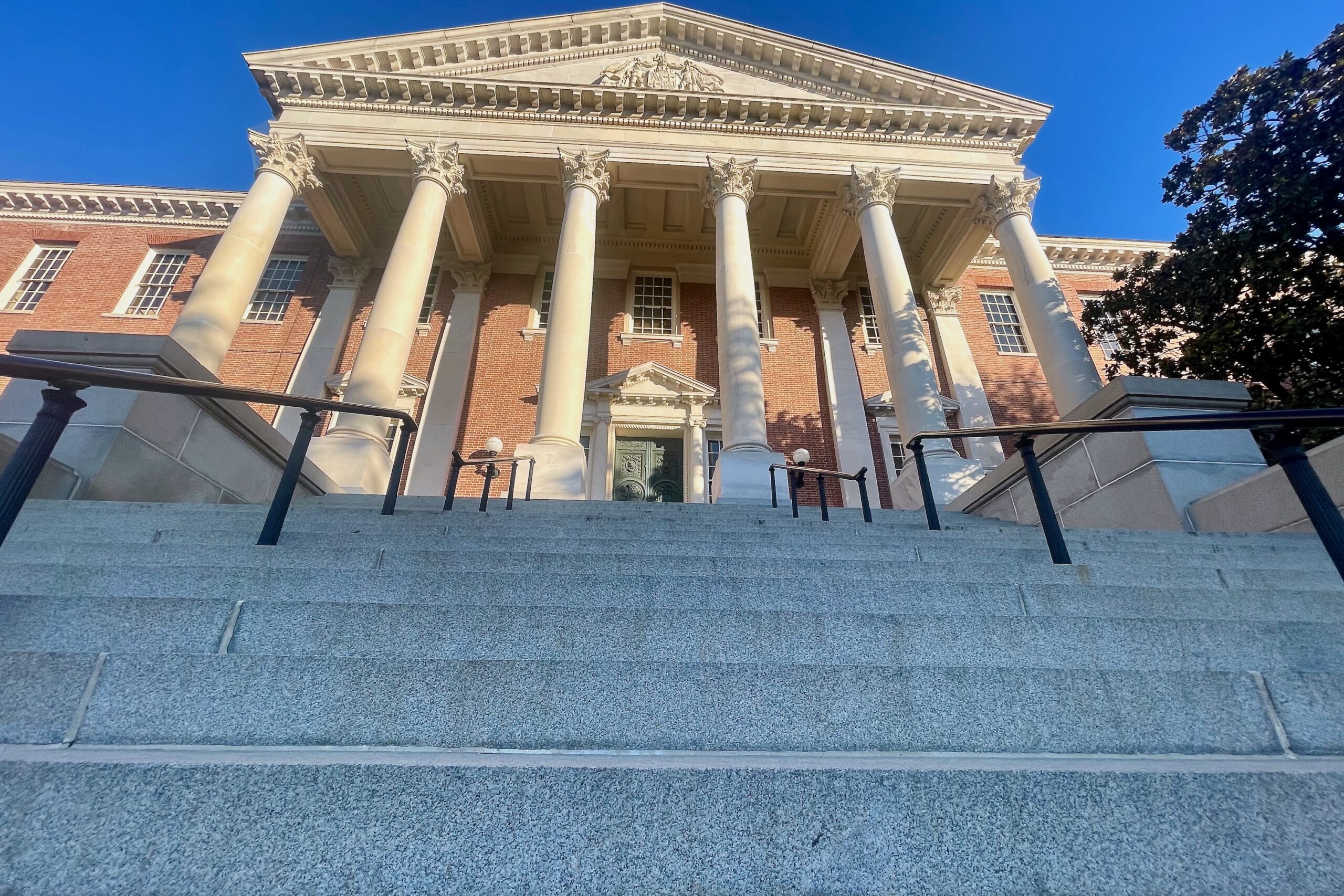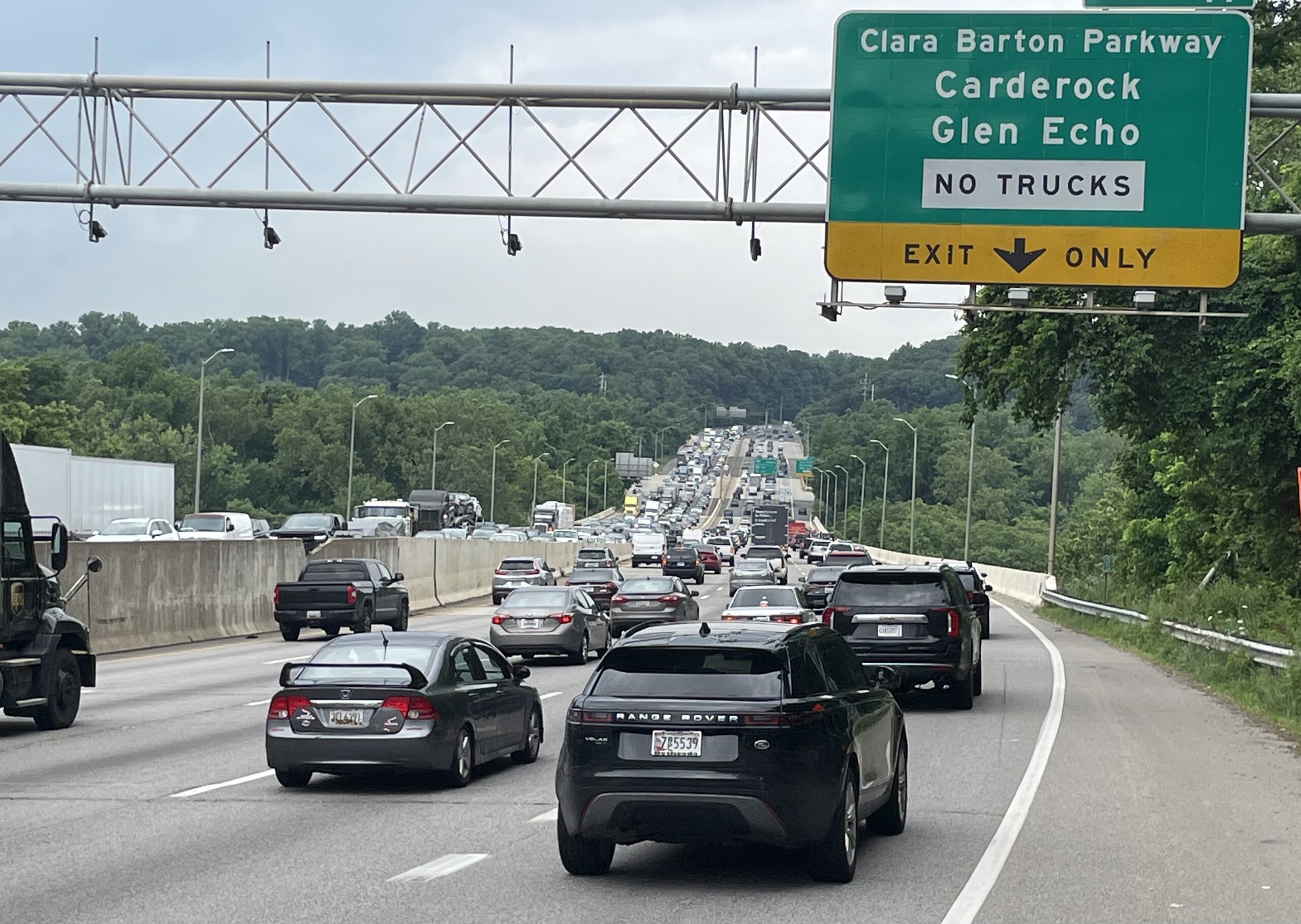Senate Climate Bill Likely to Get a Makeover in House as ‘Presentment’ Deadline Looms

One of the most closely watched bills of the General Assembly session, the Climate Solutions Now Act, is due for a hearing in the House Environment and Transportation Committee on Thursday after passing in the Senate last week along party lines.
Even though the House has its own version of the weighty legislation — chopped into three parts — House leaders have chosen to use the Senate bill as the vehicle to put their own stamp on the state’s climate policy.
One change House committees are almost certain to make — the bill must get through the Economic Matters Committee as well as the Environment and Transportation panel — is extending the date by which the bill’s ambitious greenhouse gas emissions reductions must be met, from 2030 to 2032.
The Senate’s timetable “is akin to losing 50 pounds in a month,” said Economic Matters Chair C.T. Wilson (D-Charles). “It’s doable. But it’s hard.”
Any number of other changes are also possible in the House.
But while the 2021 version of the climate legislation collapsed on the final day of the legislative session due to irreconcilable differences between the Senate and House, leaders in both chambers expressed confidence this week that the House and Senate would be able to come together and resolve their differences on the legislation fairly quickly this time.
“I’m optimistic,” said Senate Education, Health and Environmental Affairs Committee Chair Paul G. Pinsky (D-Prince George’s), the sponsor of the climate measure. “We’re going to have a strong climate bill.”
Del. Kumar P. Barve (D-Montgomery), the chair of the Environment and Transportation Committee, said he is working with the Economic Matters Committee and other House leaders and hopes to move the bill quickly.
“It’s our plan to vote on [the legislation] this week and we’re ironing out the differences between our two committees on the floor,” Barve said. “We hope to have a really good environmental work product.”
Time is of the essence. To pass the bill out of the legislature in time for “presentment” — with time enough for lawmakers to override a potential veto by Gov. Lawrence J. Hogan Jr. (R) before the end of the session — both chambers would have to pass a uniform, final version of the legislation by March 31. That would force Hogan to take a stand on the bill in time for legislators to override a possible veto before they adjourn at midnight on April 11.
Hogan decried the legislation as a “reckless and controversial energy tax bill” two weeks ago, a possible signal of his intentions.
Environmental advocates said they are looking forward to amendments that delegates may tack on to the Senate legislation to further strengthen the measure.
As currently written, the Climate Solutions Act Now of 2022 would advance the state target to reduce Maryland greenhouse gas emissions by 60% below 2006 levels by 2030 and aim for carbon neutrality by 2045. These goals would be achieved partly by requiring large buildings — such as office buildings, grocery stores and multi-family residential buildings — to significantly reduce their carbon emissions by 2035.
The bill initially included provisions that would have established statewide building standards, banning all newly constructed buildings from using fossil fuels to provide space and water heating by 2024.
But amid strong opposition from utility companies and commercial property owners, Pinsky cut the bill’s most far-reaching proposal and replaced it with one that requires the Maryland Public Service Commission to determine if there is enough capacity on the electric grid to support an all-electric building code in the future and to present its findings to the legislature by September 2023.
However, Kim Coble, the executive director of the Maryland League of Conservation Voters, said that the bill should be more specific on what the study would accomplish and how the PSC would conduct the study to ensure that it is credible and allows the state to move forward on electrifying both existing buildings and newly constructed buildings.
Since buildings are a major source of greenhouse gases, it is important for building owners to decrease their reliance on fossil fuels if the state plans to reach its climate change mitigation goals, environmentalists contend.
The Climate Solutions Now Act, as currently written, states that “it is the intent of the General Assembly that the state move toward broader electrification of both existing buildings and new construction on completion of the study.”
The bill also directs the Public Service Commission to require gas and electric companies to develop infrastructure plans and determine investments the state needs to make to take on an additional load of electrification from buildings and retiring gas facilities.
But Coble said that this risks a biased study towards the utility companies. The PSC should not rely on analyses made by the utility companies about the state’s grid capacity, but instead on projections from third-party consultants, Josh Tulkin, the director of the Maryland Sierra Club, said.
“Utility companies should be providing information, answering questions, but not reaching conclusions,” he said.
More specifically, the bill needs to ensure that the PSC provides plenty of opportunities for the public to participate, uses a wide range of data, and assesses electrification across multiple sectors in the state, not just in buildings, Coble said. The PSC should compare the state’s projected electric power distribution peaks and energy demand with historic rates, as well as consider the impact of energy efficiency in its study, she continued.
“The worst case scenario is that after the 18 month study, the results are not credible because they are biased and not based on wide data, which would mean we wasted another 18 months,” Coble said.
The Climate Solutions Now Act would also require the state’s environmental justice commission and the Maryland Department of the Environment to identify communities disproportionately impacted by climate change and allocate state funding for emissions reductions to benefit those communities. It would also establish a Climate Justice Corps that would employ young people to work on clean energy or climate mitigation projects in communities disproportionately affected by climate change.
Coble said that an amendment defining “overburdened community” and “underserved community” would ensure that funding for such communities is consistent across state programs and agencies.
Stakeholders are well aware of the failure of the legislation last year. But given the immediate climate emergency and the fact that this is an election year, Coble said she does not expect that to happen again.
“The legislature hasn’t passed real comprehensive climate legislation since 2019,” she said.





 Creative Commons Attribution
Creative Commons Attribution